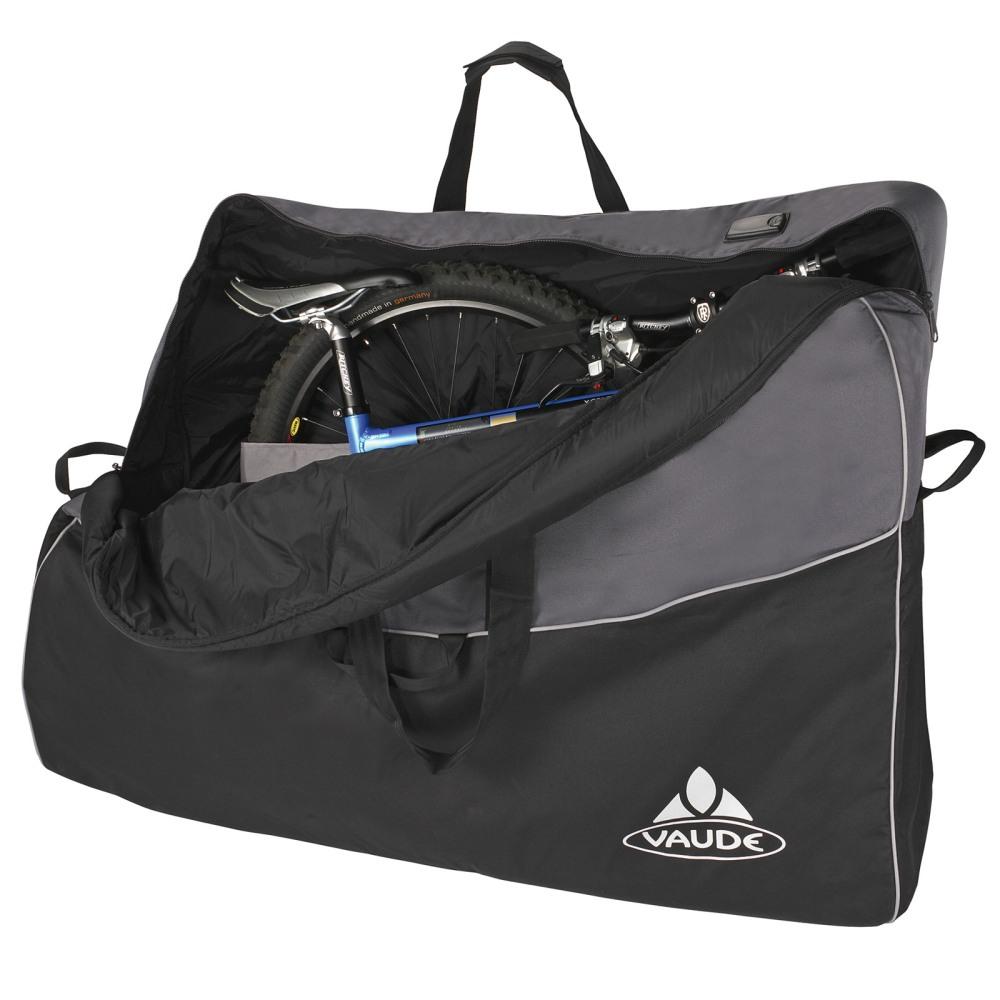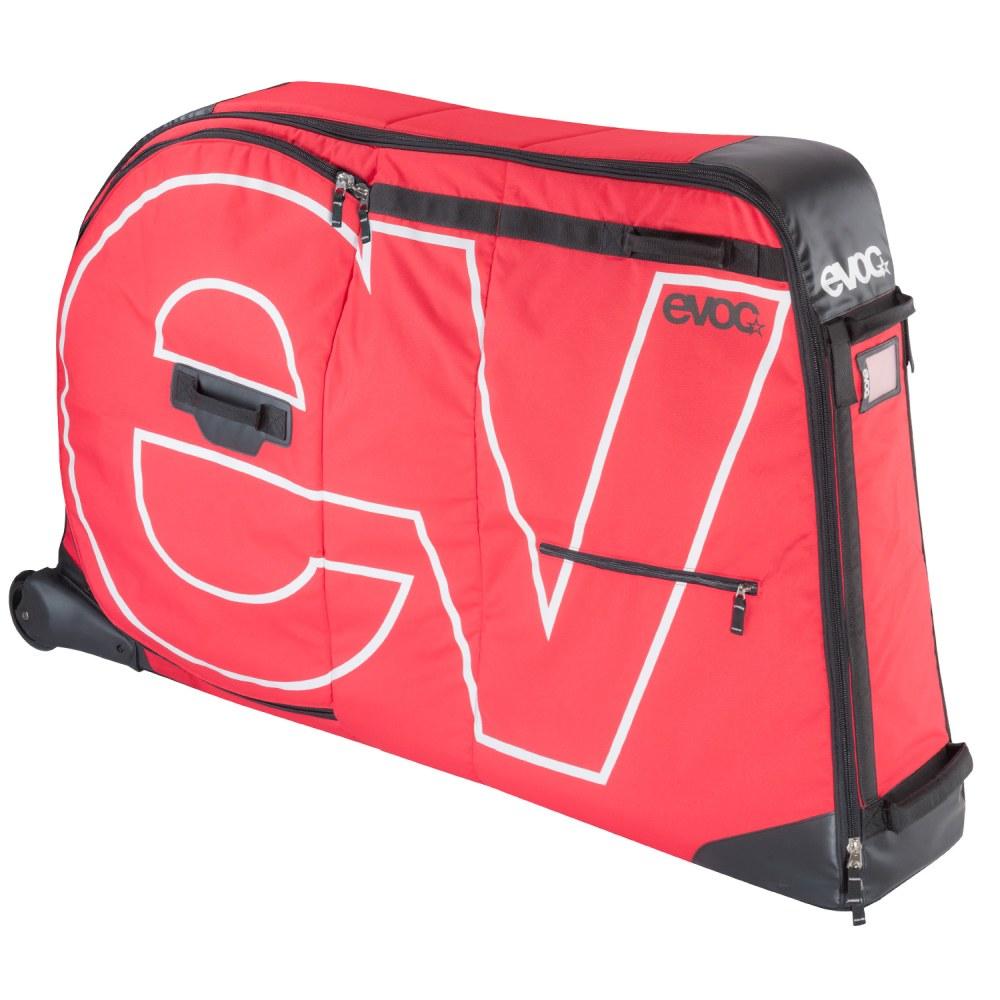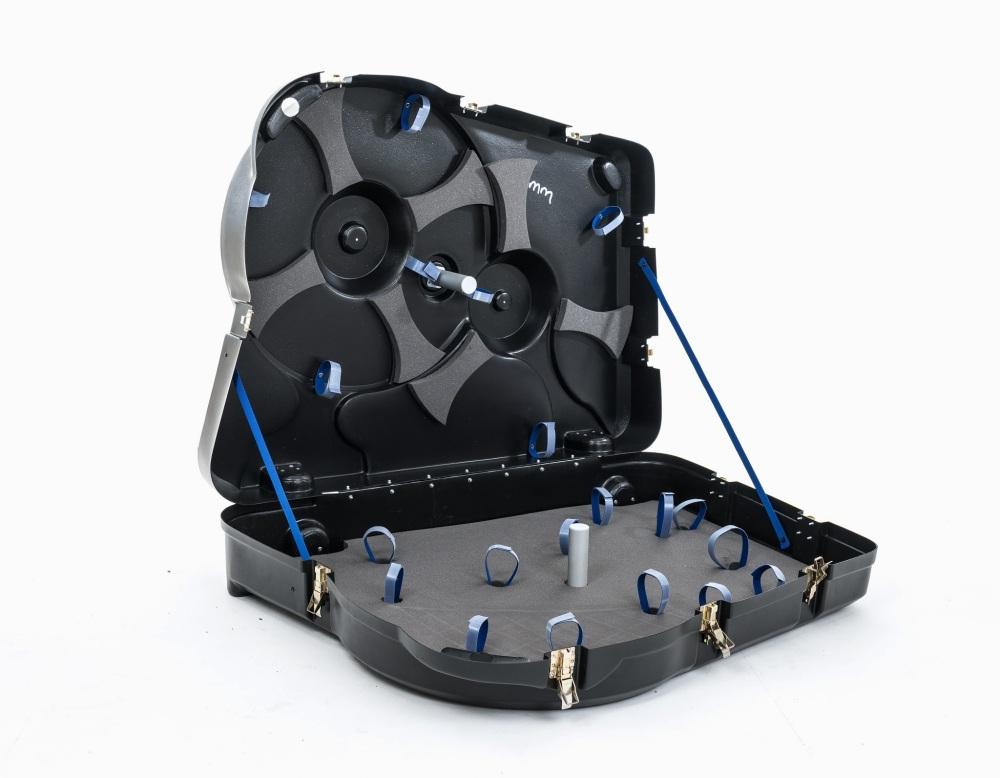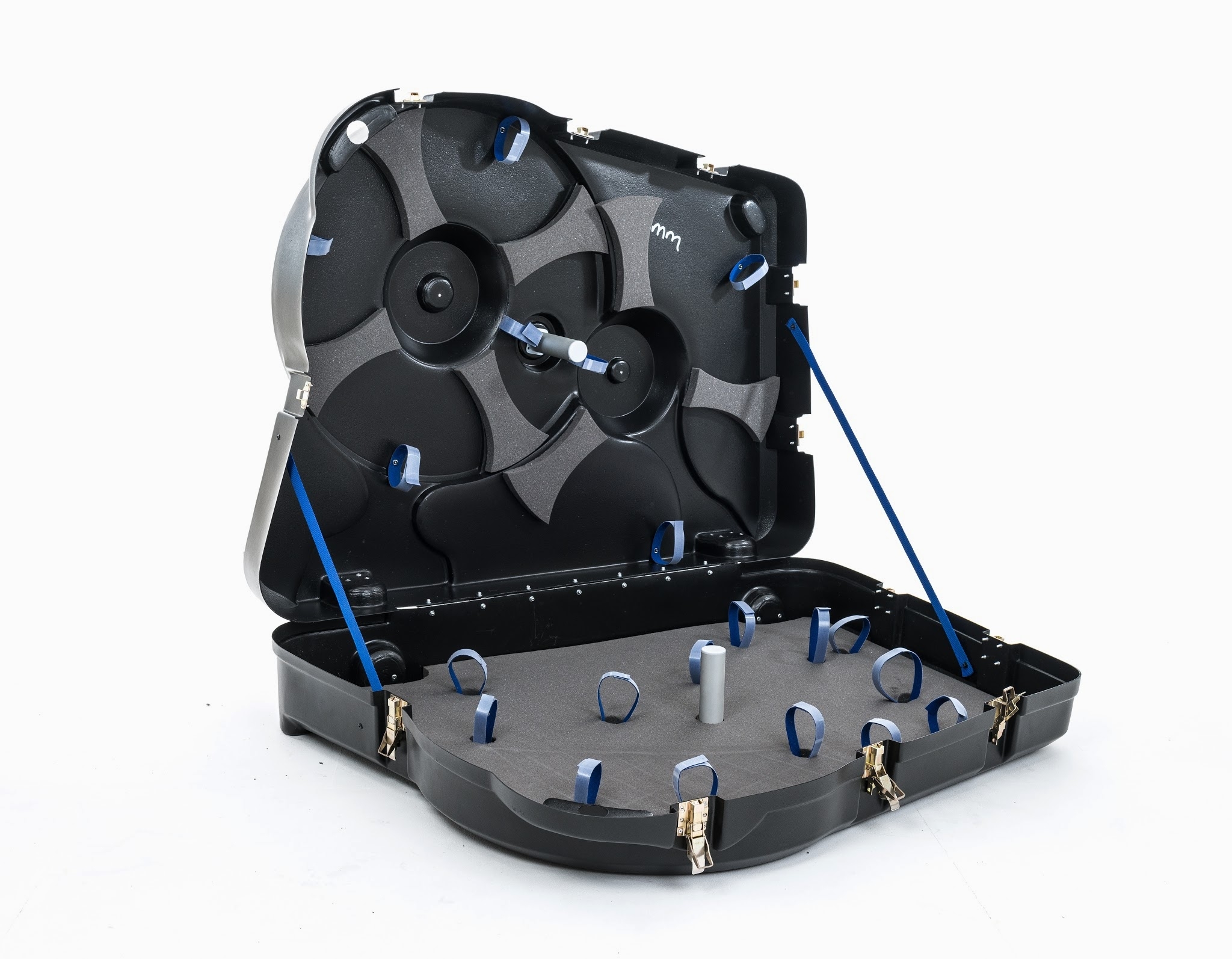- Details
- Written by: Neil Pedoe
Gone are the days when you could turn up with your bike at check-in and the nice airline staff would wheel it out to the plane with admiration for your sense of adventure. Now, if you’re taking your own bike abroad by plane you need to pack it in a way that it neither damages anything else, nor gets broken itself.
Dedicated bike boxes and various semi collapsible bike bags like those listed below will provide more protection with less dismantling – at a price.
Here we explain the main steps for a full bike break down and pack – the sort of packing and protection job you’d need to do for a small cardboard box or unpadded bag.
1 Remove the seatpost, leaving the seat attached – if you’re worried about the quick release or Allen bolt clamp falling off, then taken it off and put it in your small parts bag.
2 So that you can remove and reposition the handlebar, create slack in your gear and brake cables by pulling the cable outer ends out of their stops on the frame and releasing the tension at the brake bodies or levers where possible. You can get more slack in the gear cables by putting the chain in the front big cog and rear big cog, and then shifting back down with the levers – without pedalling so that the chain doesn’t actually shift.
3 Remove the pedals – don’t forget that the right pedal undoes anti-clockwise, while the left pedal undoes clockwise. Put them straight in the small parts bag before you forget! If you’ve got bottle cages, then put bottles in them – these can make for useful storage for energy gels and bars. Make sure they’re not full of water!
4 Remove the stem and the handlebar, then loop the bars around the front fork wrapping the fork and bars where they touch, and using zip ties to keep them in place. Put the stem and all its bolts loosely screwed back in into the small parts bag.
5 Remove the front wheel, taking out the quick-release skewer completely, doing it back and putting it in your small parts bag so that you don’t lose any of those springs. Protect your fork by putting one of those plastic spacers in it that came with the bike when it was new. If you’ve thrown them out then ask your friendly local bike shop for some.
6 If you’re removing the back wheel for a small bag or box (although packing will be so much easier if you don’t!), then put another plastic spacer between the rear drop outs. Then unbolt the rear mech, with the chain still treaded and swaddle it in bubble wrap. Then tape or zip tie it to the rear triangle. The plastic spacer between the dropouts will keep the chain stretched out and tidy.
6 Wrap, pad and protect all the frame tubes and fork legs, as well as the bottom of the chainring if you have had to remove the rear wheel. Pipe lagging used to be perfect for this job with traditional steel-framed bikes, but you may find foam sheeting and zip ties best for modern aluminium or carbon fibre frames with their over-sized tubes and box sections. Wrap the seat clamp, top tube, fork ends to protect them should the box or bag be dropped, then slot the frame into the box or bag.
7 Let about half the air out of the tyres, then use more bubble wrap to protect the ends of the hubs, before sliding the wheels down the side of the bike. Sheets of cardboard are useful as protection between the wheels and the frame, and down the sides of the bag if using a soft one. Fill the voids with clothing, or newspaper so that things don’t rattle about, concentrating on protecting any parts which will be touching each other.
8 Don’t forget to take spare tape or zip ties for the return journey!
Three levels of protection
 Basic bike bag
Basic bike bag
Vaude Bike Bag Pro, £115
Weighing 3.1kg and measuring 95 x 118 x 27cm, the Vaude Bike Bag Pro is a good sized bag for packing your bike into as described above, with both wheels taken off and slipped into its two wheel pockets. Although padded, the bag has no base to mount the bike, nor any frame, nor rigid or semi-rigidity panels. The advantage of this is that the bag is very light and foldable, making it easy to store, or even put in the post if you’re on a long A to B tour. The downside is that you’ll need to do a thorough packing and protection job to your bike. Another major sacrifice to weight and foldability is the lack of wheels – there are shoulder straps but you won’t want to be hefting this bag more than a few metres.
 Simi-rigid bike bag with wheels
Simi-rigid bike bag with wheels
Evoc Bike Travel Bag, £339
Measuring 130 x 80 x 36cm, and weighing 8kg, the Evo bag is a soft bag with a padded solid base and wheels, and which can be folded down to about three times the thickness of the base for storage. For transporting your bike it is made semi-rigid with fibreglass sticks that strengthen each end of the bag, and PVC tubes to reinforce the wheel pocket on each side of the bag. The only dismantling you’ll need to do is taking off the wheels, pedals and handlebar, before securing the bike frame into the interior with the Velcro and clip fittings that fit around it and protect it where necessary. No need for excessive and arbitrary padding and zip ties, and once you’ve got the hang of it, bike installation or removal takes only about 15 minutes. You’ll love the removable castor wheel on the bottom of the front of your bag for steering it through the airport.
 Rigid bike box
Rigid bike box
Bikebox Online Velovault, £449
Weighing 11.9kg and measuring 116 x 91 x 30cm, the Velovault is a good example of a mid-range hard plastic shell bike case with wheels that can accommodate a large road bike or even a 29er mountain bike. The downsides to a rigid box like this are weight and storage, as obviously you can’t make it any smaller. For the same reasons, it arguably offers the ultimate travel protection for your bike. Bike dismantling is minimal but you’ll still need to remove your seatpost, bars and pedals before lying your bike on the foam lining of one half of the case and securing it with the integrated Velcro straps. Your wheels fix to the inside of the other half of the case, and while there’s still plenty of room for kit, such as shoes and a helmet, two halves of an aluminium cross-brace meet in the middle when you close it to ensure the case can’t be crushed from the side. Another major advantage of the Velovault is that it can be rented from one of the company’s 14 UK hubs, or delivered.




